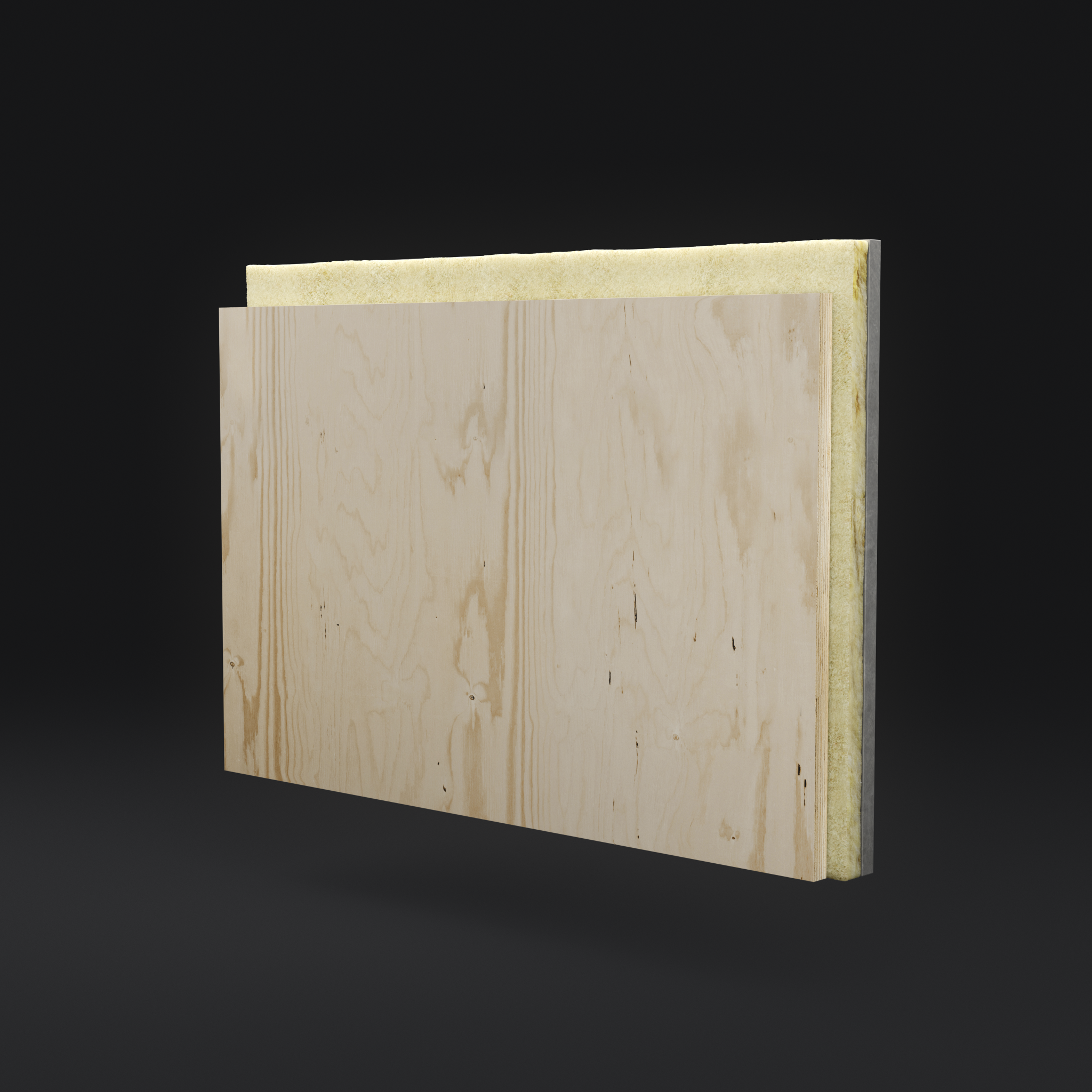Buildings are responsible for about 40% of the EU’s total energy consumption and for 36% of its greenhouse gas emissions from energy. The embodied carbon in construction is estimated to account for about 10% of total yearly greenhouse gas emissions worldwide (2). A key ingredient in the challenge is rethinking how different materials work together.
Hybrid construction looks at different materials and their properties and possibilities in an innovative way to complement each other. It is not a black and white issue between materials, but a fresh way to look at how materials complement each other and perform at their strongest. The materials come together to optimize structural performance, as the concrete resists compression while the wood with its capacity to flex, offers tensile strength. There are two ways for hybrid construction; combining building elements, or combining building materials within an element. Both ways have one thing in common; material efficiency and reusing elements when possible are at the core of hybrid construction.



